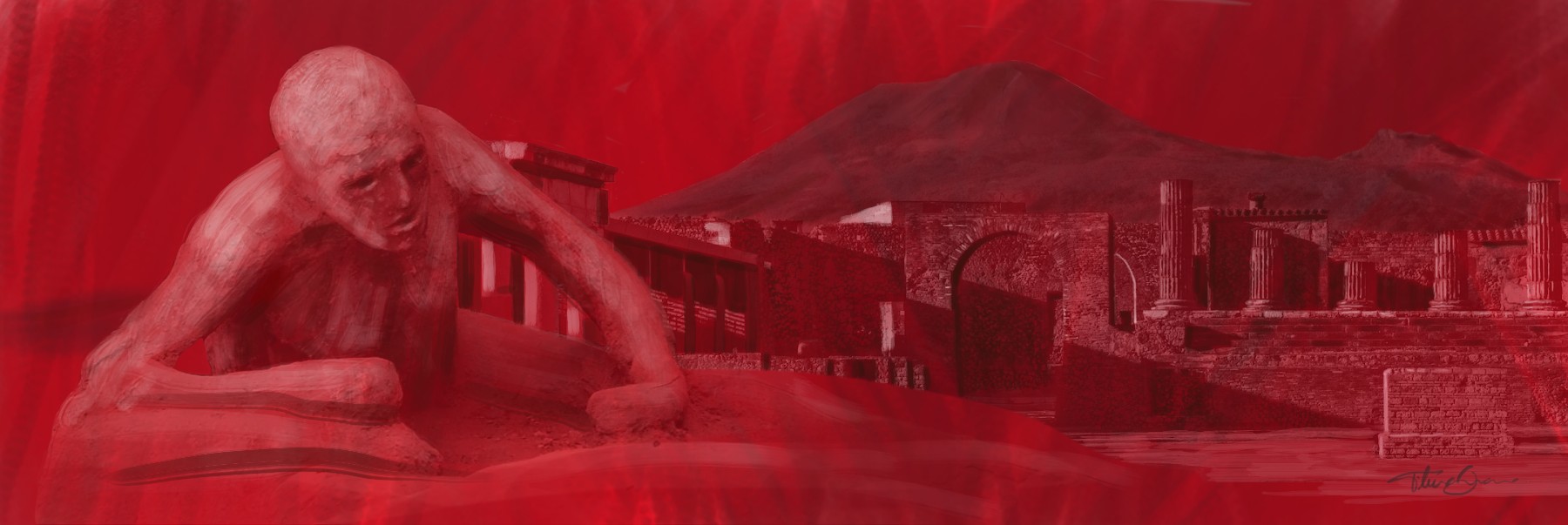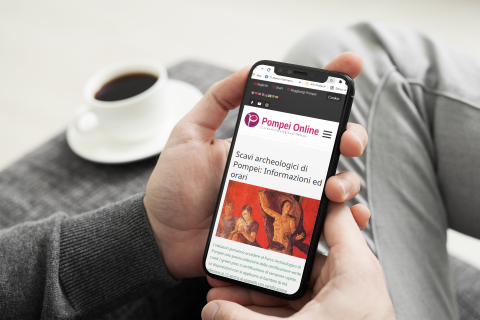Pompeian Curiosities
Welcome to ancient Pompeii
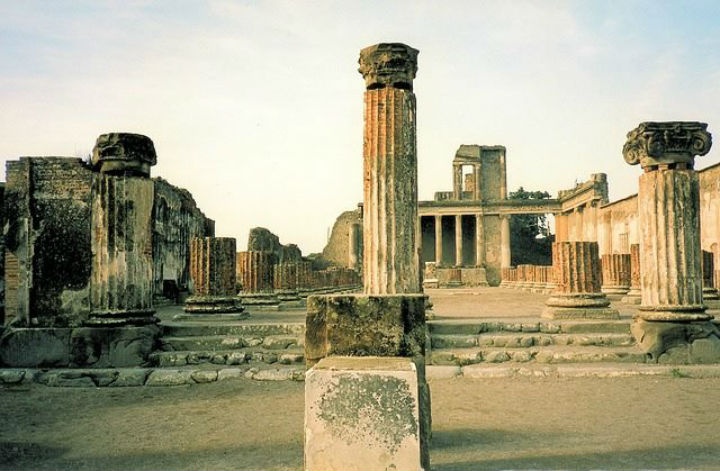
Pompeii is one of the most significant proofs of Roman civilization and, like an open book, provides outstanding information on the art, customs, trades and everyday life of the past.
The city has re-emerged from the darkness of centuries precisely as it would have been when it was unexpectedly buried in the thick layer of ash and lava which poured down from the devastating eruption of Vesuvius. It was the year 79 A.D.
- Details
Pompeii, new excavations bring to light a monumental tomb with a high relief depicting a married couple.
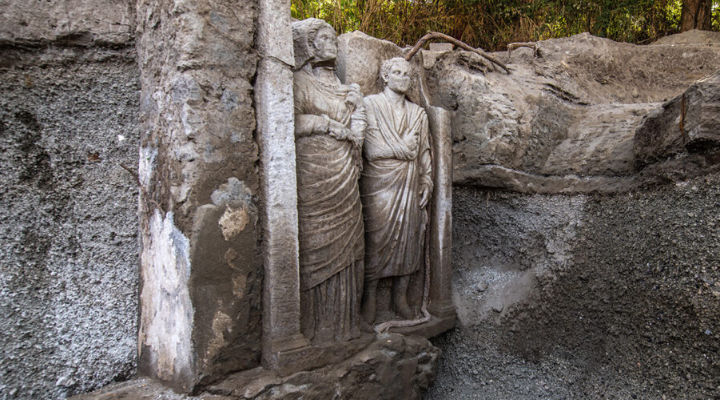
Recent excavations in the Porta Sarno funerary area of Pompeii have led to the extraordinary discovery of a monumental tomb adorned with a life-size relief depicting a married couple. This exceptional find, a result of the "Investigating the Archaeology of Death in Pompeii Research Project," sheds new light on the funerary practices, religious beliefs, and social structure of the ancient Vesuvian city.
- Details
Being a woman in ancient Pompeii
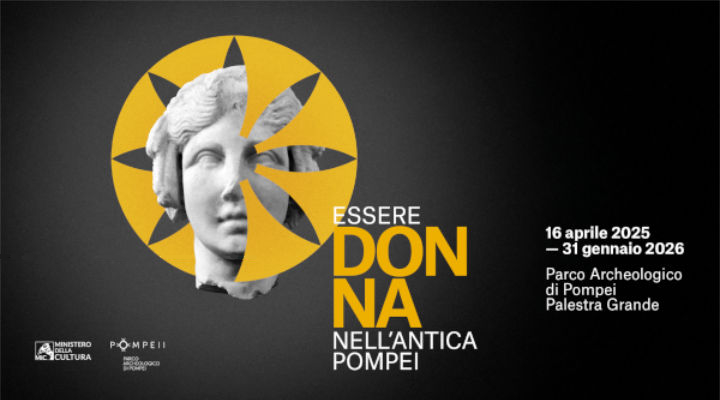
Will open in the Palestra Grande in Pompeii on the 16th April 2025
What did it mean to be a woman in Pompeii? The Campanian city and its extraordinary state of preservation offers us a wealth of evidence to learn about aspects of daily life of women and the position they occupied in the Roman home and in society.
- Details
A megalography on the mysteries of Dionysus emerges in insula 10 of Pompeii's Regio IX
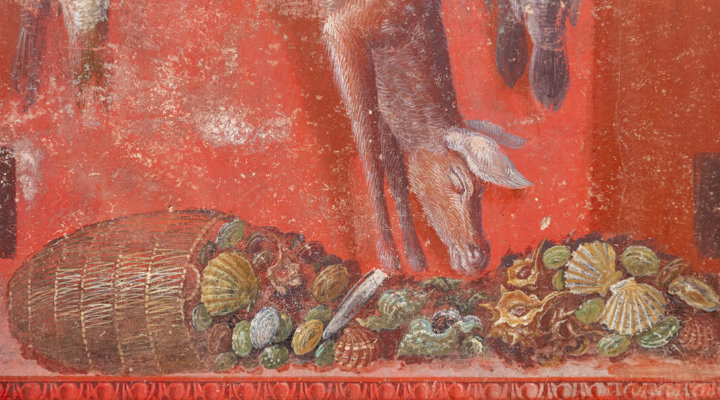
More than 100 years after the discovery of the Villa of the Mysteries, a major new fresco sheds light on the mysteries of Dionysus in the classical world. In a large banquet hall excavated in recent weeks in the central area of Pompeii, in insula 10 of Regio IX, an almost life-size frieze, or “megalography” (from the Greek for “large painting”-a cycle of large-figure paintings), has emerged, circling around three sides of the room; the fourth was open to the garden.
- Details
Tickets for Pompeii + Audio Guide
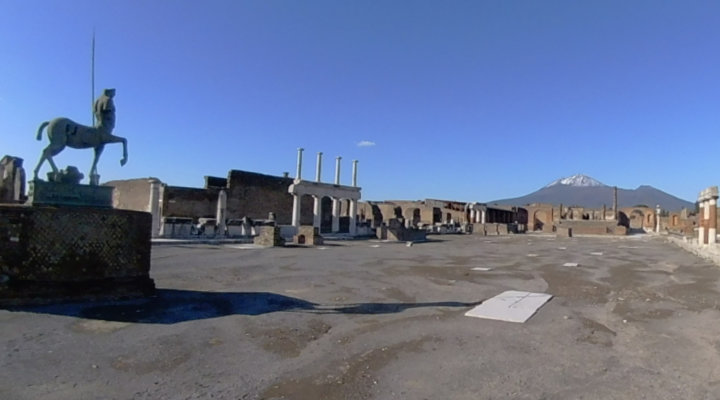
Explore Pompeii with the official Audio Guide of Pompeii Archaeological Park.
Additional information and buy ticket >>
- Details
Tickets for Pompeii Plus: Reserved Entrance
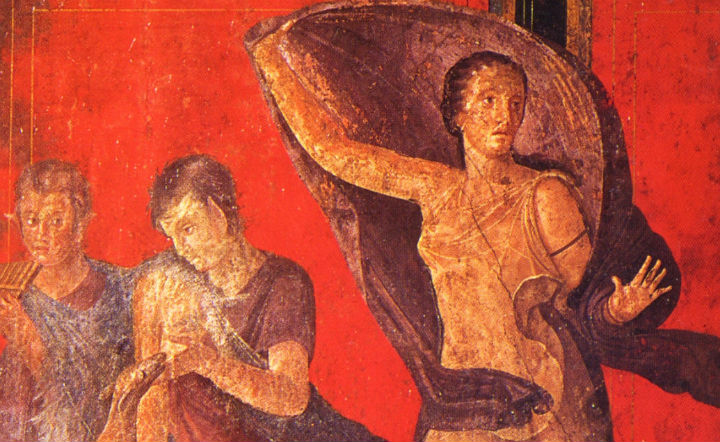
Uncover Pompeii's ancient preserved streets and historic villas: Villa of the Mysteries, Villa of Diomedes, and Villa Regina.
Additional information and buy ticket >>
- Details
Tickets for Pompeii Express: Reserved Entrance
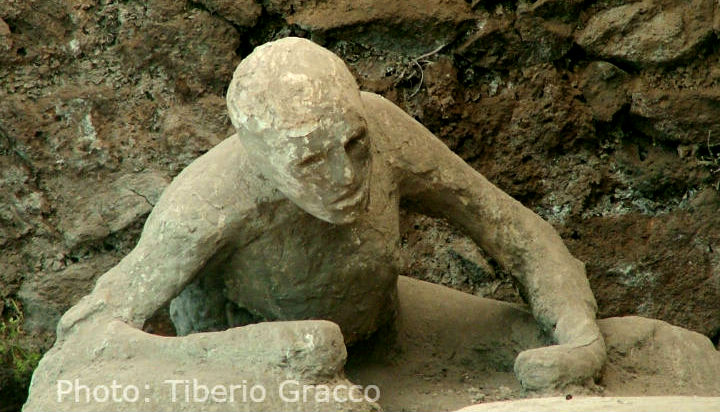
Secure your ticket in advance for one of the world’s iconic archaeological sites.
Additional information and buy ticket >>
- Details
Pompeii Guided Tour Tickets
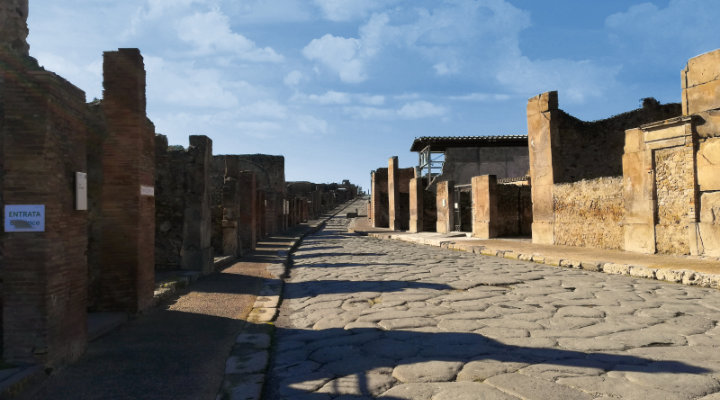
Explore the ancient archaeological wonder of Pompeii with a professional guide
- Details
Tickets for Pompeii & Herculaneum: Skip The Line + Guided Tour
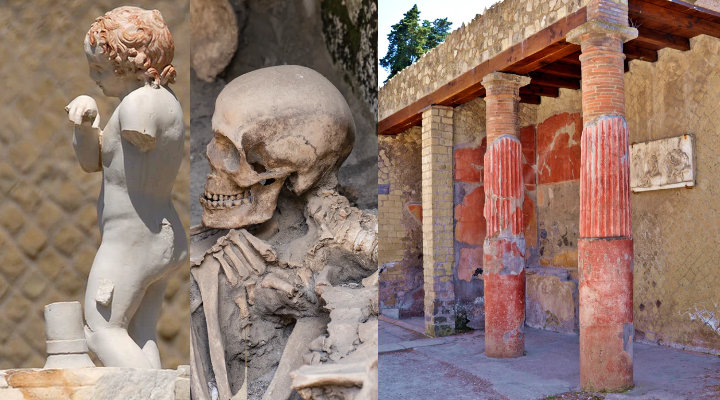
See cities untouched by time and enjoy a guided tour led by an archaeologist.
Additional information and buy ticket >>
- Details
Tickets for Pompeii: Half-Day Trip from Naples
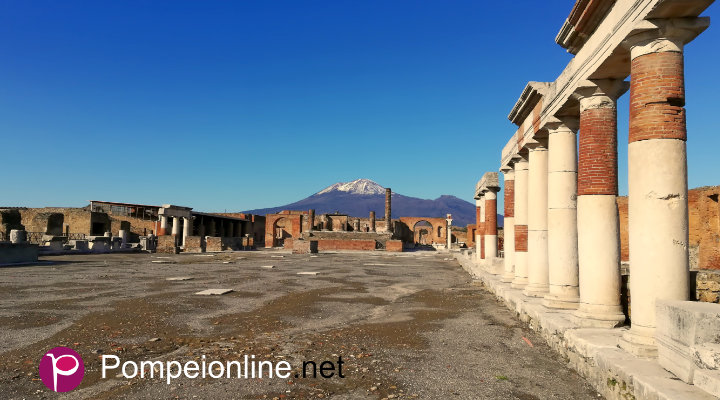
Explore the Roman Empire's lost city on a Naples to Pompeii day trip.
Additional information and buy ticket >>
- Details
Tickets for Pompeii & Mount Vesuvius: Guided Tour from Naples

Enjoy return transport from Naples and visit both Pompeii and Mt. Vesuvius
Additional information and buy ticket >>
- Details
Mount Vesuvius: Guided tour from Pompeii
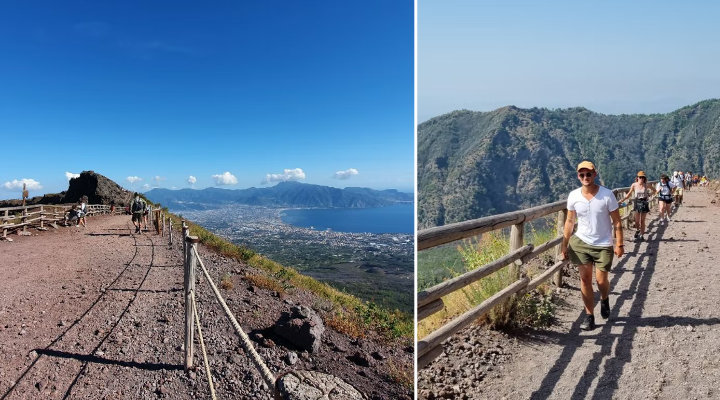
A comfortable minivan will take you to the summit of the volcano that destroyed the city of Pompeii in 79 AD. Enjoy magnificent views of the Bay of Naples with the islands of Capri and Ischia as you climb to the summit where an expert guide will explain the geological and historical aspects of the world's most famous volcano.
- Details


